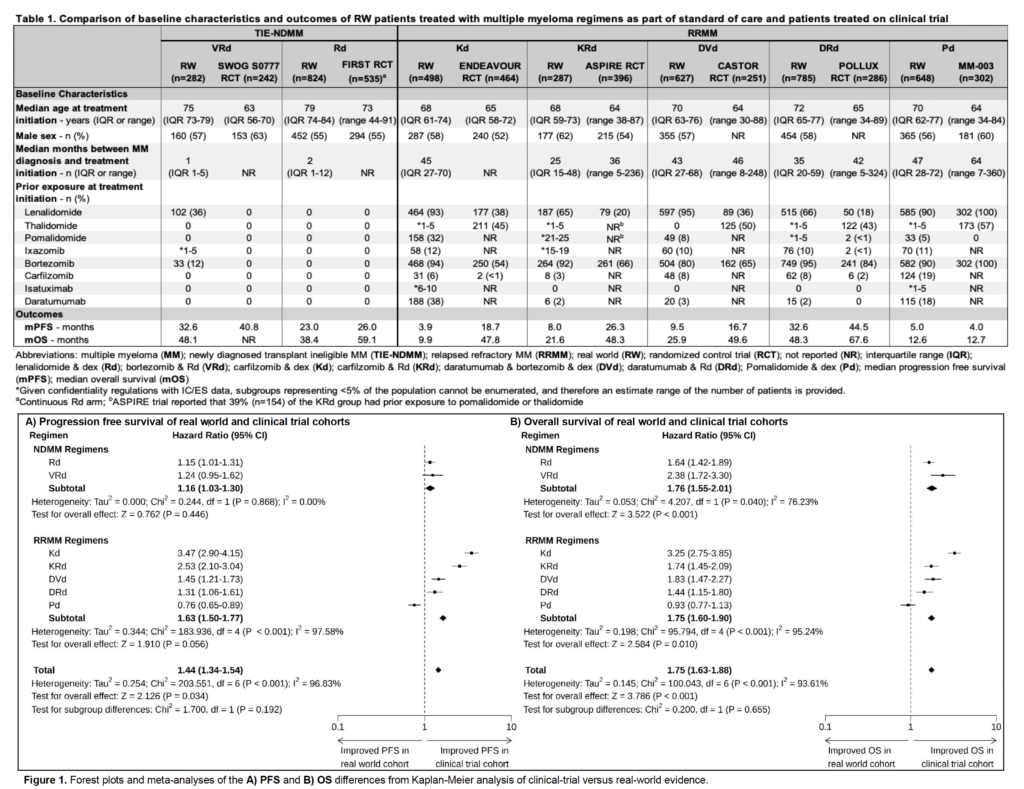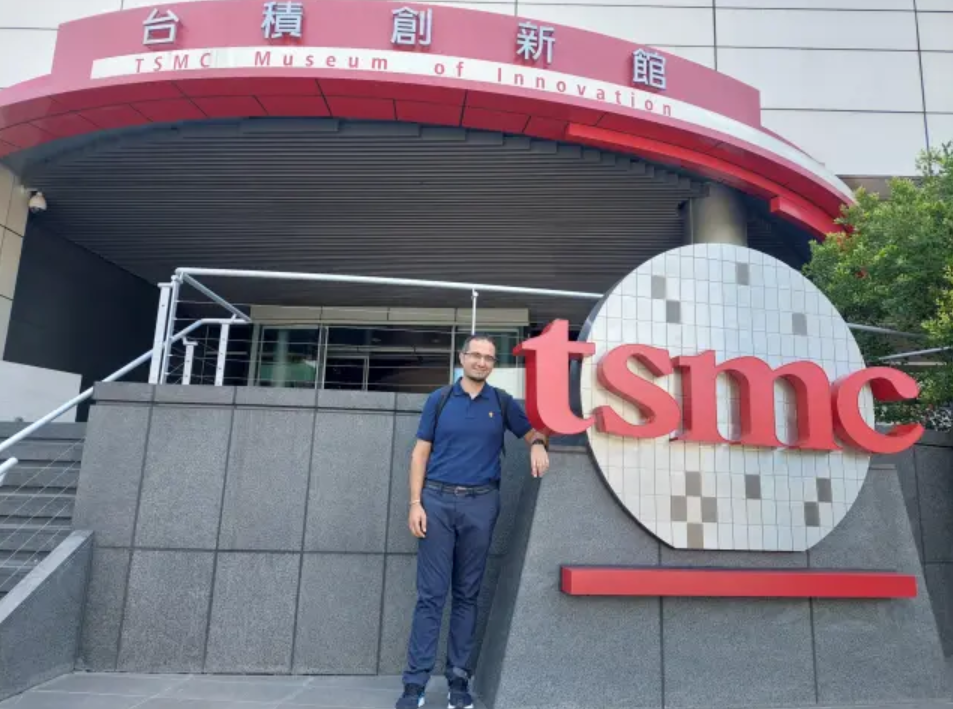So, you watched Silicon Valley and read some articles on Techcrunch and you envision yourself as a startup CEO 🤑. What does it take to succeed? Great engineering skills? Salesmanship? Financial acumen?
As someone who has been on both sides of the table (as a venture investor and on multiple startup executive leadership teams), there are three — and only three — things a startup CEO needs to master. In order of importance:
- Raise Money from Investors (now and in the future): The single most important job of a startup CEO is to secure funding from investors. Funding is the lifeblood of a company, and raising it is a job that only the CEO can drive. Not being great at it means slower growth / fewer resources, regardless of how brilliant you are, or how great your vision. Being good at raising money buys you a lot of buffer in every other area.
- Hire Amazing People into the Right Roles (and retain them!): No startup, no matter how brilliant the CEO, succeeds without a team. Thus, recruiting the right people into the right positions is the second most vital job of a CEO. Without the right people in place, your plans are not worth the paper on which they are written. Even if you have the right people, if they are not entrusted with the right responsibilities or they are unhappy, the wrong outcomes will occur. There is a reason that when CEOs meet to trade notes, they oftentimes trade recruiting tips.
- Inspire the Team During Tough Times: Every startup inevitably encounters stormy seas. It could be a recession causing a slowdown, a botched product launch, a failed partnership, or the departure of key employees. During these challenging times, the CEO’s job is to serve as chief motivator. Teams that can resiliently bounce back after crises can stand a better chance of surviving until things turn a corner.
It’s a short list. And it doesn’t include:
- deep technical expertise
- an encyclopedic knowledge of your industry
- financial / accounting skills
- marketing wizardry
- design talent
- intellectual property / legal acumen
It’s not that those skills aren’t important for building a successful company — they are. It’s not even that these skills aren’t helpful for a would-be startup CEO — these skills would be valuable for anyone working at a startup to have. For startup CEOs in particular, these skills can help sell investors as to why the CEO is the right one to invest in or convince talent to join or inspire the team that the strategy a CEO has chosen is the right one.
But, the reality is that these skills can be hired into the company. They are not what separates great startup CEOs from the rest of the pack.
What makes a startup CEO great is their ability to nail the jobs that cannot be delegated. And that boils down to fundraising, hiring and retaining the best, and lifting spirits when things are tough. And that is the job.
After all, startup investors write checks because they believe in the vision and leadership of a CEO, not a lackey. And startup employees expect to work for a CEO with a vision, not just a mouthpiece.
So, want to become a startup CEO? Work on:
- Storytelling — Learn how to tell stories that compel listeners. This is vital for fundraising (convincing investors to take a chance on you because of your vision), but also for recruiting & retaining people as well as inspiring a team during difficult times.
- Reading People — Learn how to accurately read people. You can’t hire a superstar employee with other options, retain an unhappy worker through tough times, or overcome an investor’s concerns unless you understand their position. This means being attentive to what they tell you directly (i.e., over email, text, phone / video call, or in person, etc.) as well as paying attention to what they don’t (i.e., body language, how they act, what topics they discussed vs. didn’t, etc.).
- Prioritization — Many startup CEOs got to where they are because they were superstars at one or more of the “unnecessary to be a great startup CEO” skills. But, continuing to focus on that skill and ignoring the skills that a startup CEO needs to be stellar at confuses the path to the starting point with the path to the finish line. It is the CEO’s job to prioritize those tasks that they cannot delegate and to ruthlessly delegate everything else.






















